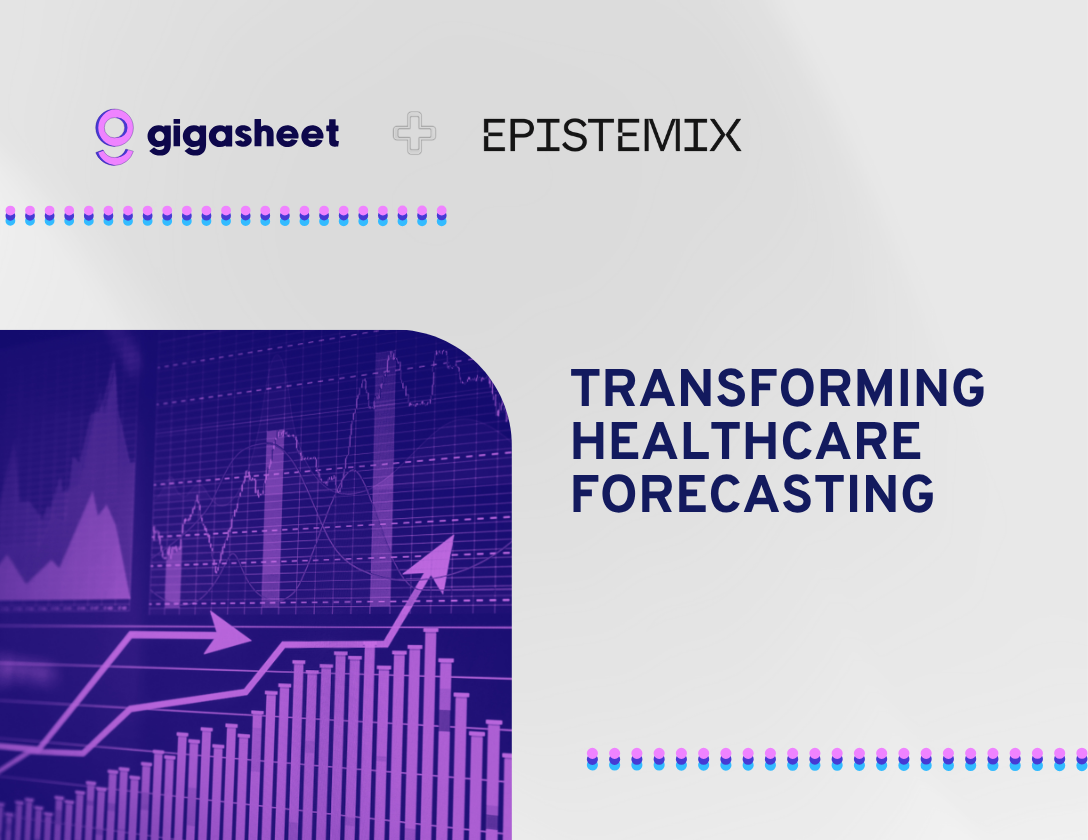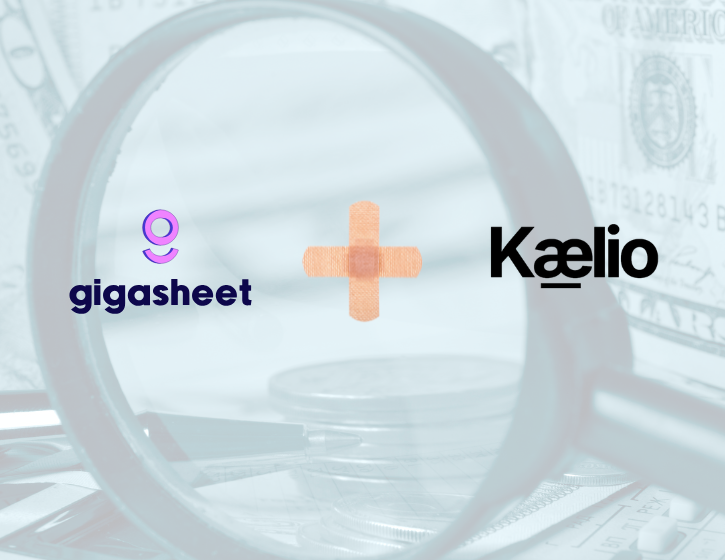Company & Product
5 Most Loved Features of Gigasheet

Gigasheet’s been growing by leaps and bounds and we’re lovin’ it! After all, it’s you – spreadsheet lovers – who’ve helped us reach so far. This one’s for all new joiners and Gigasheet pros who want a quick refresher on some of the most loved features of Gigasheet.
We’ve all used Excel one way or another. It’s good until you try opening up a large spreadsheet and it just fails. Gigasheet solves all these problems along with making several other use-cases a lot easier to work with. How do we do it? Here’s an overview of some of the best features of Gigasheet.
Top 5 Features of Gigasheet
1. Graphs
Who doesn’t love a nicely made graph with titles, helpful annotations, and color coding? We sure do! Gigasheet has several options to graph data; using which you can quickly visualize your data without writing a single line of code! Here’s the list:
- Column
- Bar
- Pie/Doughnut
- Line
- Scatter Plot
- Area
- Histogram
- Combinations – mix and match a few graphs together
Say goodbye to matplotlib, plotly, and all other visualization tools!
Here, I’ve got a dataset of Netflix movie titles and a lot of other attributes. But hey, I don’t have the time to see if there’s a difference in the IMDB and TMDB scores. Say no more – two aggregations, one quick selection, and et voila! A beautiful graph!
Take a look:

2. Date Operations
There are a couple hundred date formats and it’s the absolute worst when a dataset uses a completely random format. If you’re not from a programming background, you might not even consider this – 1655206425 – a date, yet it is! It’s a UNIX timestamp.
Luckily, Gigasheet solves this issue with ease. Take a look at this dataset. We’ve got UTC times, a standard date, and a UNIX timestamp.

As soon as I upload it to Gigasheet, here’s how it looks:

The UNIX timestamp isn’t a nuisance anymore. It’s converted into an easily readable datetime automatically!
No auto-conversions? Don’t fret! Open up the hamburger menu at the top right of your column, select Apply Function, and then select either of:
- Explode Date – to break the date into multiple columns
- Cleanup UNIX time – to convert UNIX timestamps into readable dates
- Split Column – to break the simple date into three columns by using ‘-’ as a separator
Here’s how the results of the Explode Date function look on column C:

3. Regular Expression
Regular expressions are a savior when it comes to searching large datasets with search patterns. Sure, Excel supports regular expression but there’s a lot of configuration involved and who wants to do that? Gigasheet supports regular expressions and needs just a click to turn your basic searches into full-fledged regex patterns!
To enable regular expressions on your dataset, open up your dataset and click on Find in File at the top. Click the icon to your right to Enable Regular Expressions.

You can also head to the Filters tab and use the Regex Match operator. Here’s an example of a filter where I look for either comedy or family in the genres column:

Here are the results of the filter – 1150 rows out of 5000!

Want to learn more about regular expressions? Give this guide a read.
4. Flagging Data
Often, rows need to be highlighted for further analysis. Using Gigasheet, you can quickly highlight (or flag) data as Good, Bad, or Suspicious based on your analysis or requirements. Simply select a row, right click, Flag As to select your option. Here’s how it looks:

5. Easy Aggregations
I’ve given you a taste of this already – we can aggregate data by using groups. Aggregations can quickly help find meaning in raw data. No formulas, no code. Just a few clicks is all you need to aggregate data on Gigasheet.
Once the data is grouped, you can run several aggregations on numeric data including:
- None
- Count
- Sum
- Average
- Median
- Min/Max
- Range
- Empty/Filled
- Unique
- Percent Empty/Percent Filled/Percent Unique
To group your data, simply click on the hamburger icon at the top-right of a column and press Group. Now, head over to your numeric columns and select one of the many available aggregations. Here’s an example of me selecting aggregations on three numeric columns:

Bonus Features
Five just doesn’t cut it for me. There’s so much to cover in Gigasheet and this is just the tip of the iceberg. As such, I’ve compiled a short list of a few more features you might want to try out:
Data Enrichment
Security researchers often require enrichment of suspicious indicators like hashes, IPs, etc. from threat intelligence solutions. Gigasheet allows built-in support to request enrichments from platforms like VirusTotal and RecordedFuture – all you need is a valid API.
Support Large Datasets
I’ve brought it up before – excel isn’t built for big data analysis. Why use it when you can opt for Gigasheet and work with billions of rows without breaking a sweat?
File Sharing and Exports
Data analysis is rarely a one-man job. Want to share your datasets, filters, and groupings with colleagues? You can easily export data from Gigasheet or better – share a link with your colleague to access the data in Gigasheet itself (just like Google Drive!)
Data Upload
Lastly, you can upload data from several data sources (cloud or local) including:
- Google Drive
- Amazon S3 with Link
- OneDrive
- Dropbox
- Box
- Link
Give this article a read if you’re interested in file uploads from any of the platforms to Gigasheet.
What Next?
It’s your turn to try these features out. No-code data science is the future and we’re happy to play our part in it.
Don’t have an account yet? Sign up for a free account today and test your heart out.
We love your feedback! Join our Slack server to get in touch with people from different markets using Gigasheet for so many cool things!
The ease of a spreadsheet. The power of price transparency.




















